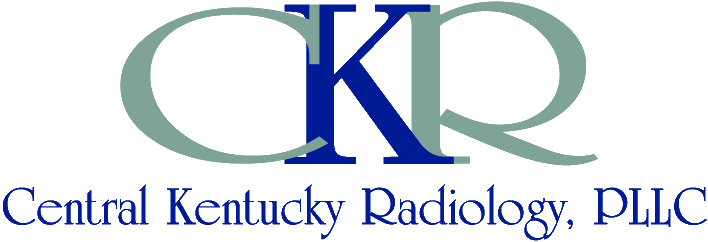In the intricate web of modern healthcare, the role of radiologists stands as a linchpin in the diagnosis and treatment of countless medical conditions. Often working behind the scenes, these specialized physicians bring to light the hidden details within medical images, playing a pivotal role in shaping patient care and outcomes. From the early detection of diseases to guiding complex treatment plans, the impact of radiologists reverberates throughout the healthcare landscape, offering a compelling narrative of expertise and compassion.
Radiologists are at the forefront of interpreting a diverse array of medical imaging modalities, including X-rays, CT scans, MRIs, ultrasounds, and nuclear medicine scans. Their expertise lies not only in deciphering the visual complexities of these images but also in correlating them with a patient’s medical history and clinical findings. This holistic approach allows radiologists to provide crucial insights to the broader healthcare team, serving as vital contributors to the diagnostic process.
One of the most significant contributions of radiologists lies in the early detection of diseases. Through their keen eye and specialized training, they identify subtle anomalies within imaging studies, often uncovering conditions at their nascent stages. Whether it’s spotting the early signs of cancer, detecting fractures, or identifying vascular abnormalities, the vigilance of radiologists can often lead to timely interventions and improved patient outcomes.
Moreover, radiologists are instrumental in guiding minimally invasive procedures and treatments. Their expertise in image-guided interventions, such as biopsies, drain emplacements, and catheter-based therapies, allows for precise and targeted approaches to patient care. By leveraging imaging technologies to navigate the intricacies of the human body, radiologists contribute to reducing the invasiveness of procedures, minimizing risks, and expediting recovery times for patients.
In the realm of oncology, the role of radiologists in tumor staging and treatment planning is indispensable. By meticulously analyzing imaging studies, they provide critical information that influences the choice of therapy and helps in assessing treatment response. Additionally, their collaboration with oncologists and other specialists ensures that the treatment pathway is tailored to the specific needs of each patient, fostering a multidisciplinary approach to cancer care.
Beyond diagnosis and treatment, radiologists also serve as educators and consultants within the healthcare ecosystem. They play a key role in guiding referring physicians, providing insights into the appropriate use of imaging modalities, and ensuring that the right tests are ordered for optimal patient care. Their expertise extends to participating in tumor boards, multidisciplinary conferences, and quality improvement initiatives, where their input shapes the overall standard of care.
The evolving landscape of radiology, propelled by advancements in artificial intelligence and machine learning, has further augmented the role of radiologists in patient care. By harnessing the power of data analytics and automated image interpretation, radiologists are poised to streamline workflows, improve diagnostic accuracy, and enhance the overall efficiency of healthcare delivery.
In essence, the role of radiologists transcends beyond the interpretation of images; it embodies a commitment to precision, empathy, and unwavering dedication to patient care. As the vanguards of medical imaging, radiologists continue to shape the narrative of healthcare, illuminating the path to early detection, personalized treatment, and improved patient outcomes. Their role stands as a testament to the synergy between expertise and compassion, underscoring the profound impact they have on the lives of patients and the broader healthcare community.

